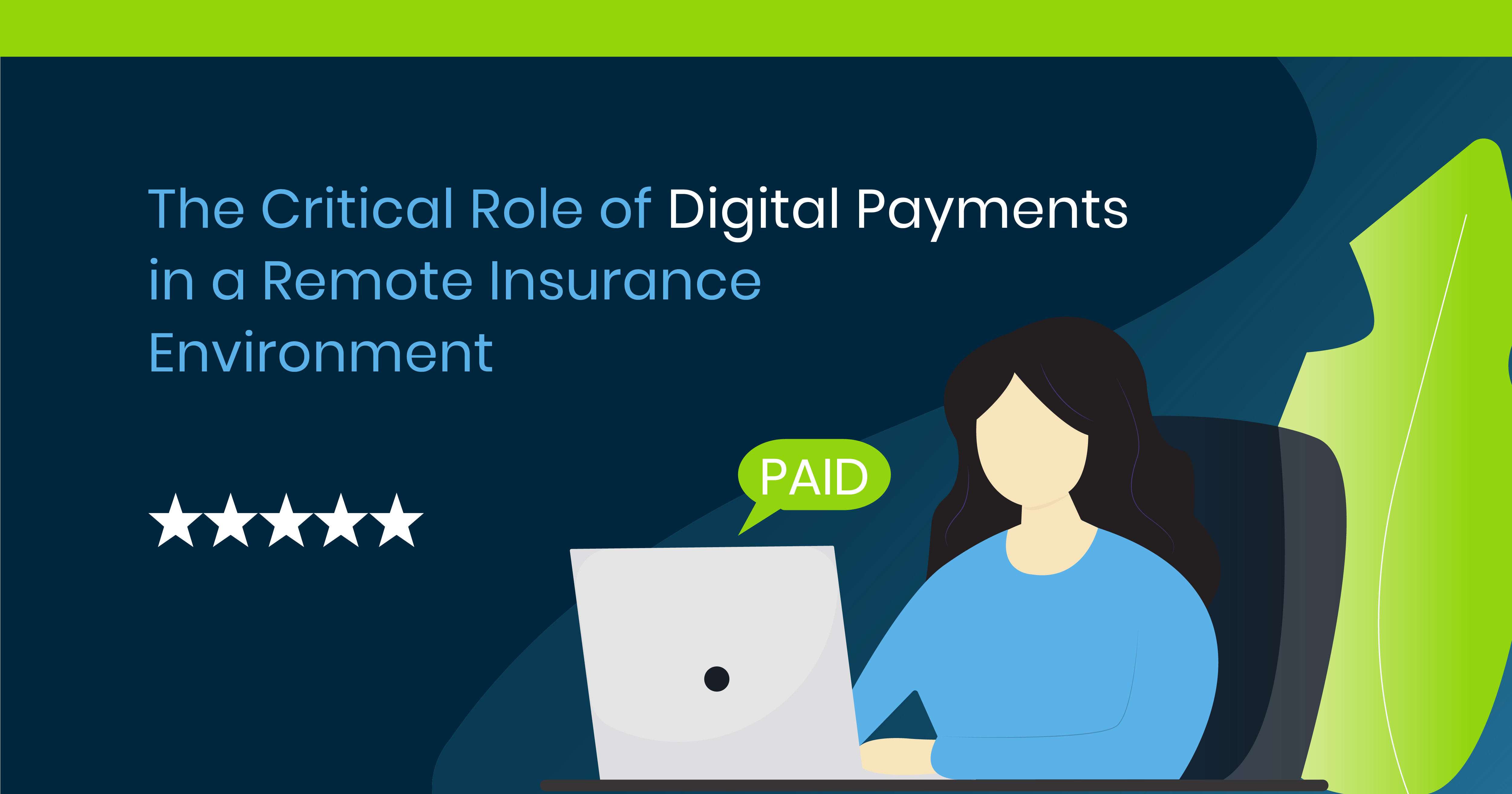Although the pandemic continues to send economic shockwaves throughout the insurance industry, the degree and scope of impact has not been evenly distributed. Much of this disparity can be attributed to the digital infrastructure within each organization, as widespread social distancing mandates have forced businesses and consumers to abandon traditional in-person interactions in favor of remote access alternatives.
Practically overnight, telecommuting, online customer communications, and critical systems automation became the new normal. This dramatic shift has underscored the essential role of technology in business continuity and resilience, further proving that digitally invested insurers have a strong advantage over their lower-tech counterparts moving forward.
According to the 2020 SMA Market Pulse survey, 95% of personal lines insurers and 75% of commercial lines insurers are forging ahead with, and in some cases, accelerating their overall technology plans to maintain momentum through the pandemic. For many companies, digital payments has quickly surfaced as a top priority, and it’s not hard to see why.
Payments – the primary cross-section between providers and policyholders – is a highly visible core function touching multiple business operations, including treasury, IT, customer service, and claims. Leveraging the power of digital payments processing, insurers can solve numerous challenges across the organization - an ROI few other single upgrades can provide. And while the technology has been a staple consumer expectation for several years, considerations around COVID-19 have launched payments to the forefront of the digital discussion as a key ingredient for insurance market success.
A few of these new considerations include:
#1: Remote work.
Moving to a digital payments platform replaces several manually intensive functions, such as check processing, cash exchange, and paper billing, reducing the need for a physical presence in the office.
One real-world example involves an insurer who initially found herself struggling to perform business-as-usual while telecommuting. She had taken her company’s check processing equipment home to carry out claims disbursements remotely. Nearly a month into her state’s shelter-in-place order, the insurer realized the unsustainability of having a commercial printer running in her house day and night, as well as the stacks of paper occupying the surfaces of nearly every counter, desk, and tabletop. Eager to reclaim her living space, she reached out to a payments provider to begin discussions about replacing traditional check-processing with modern digital solutions.
#2 Customer engagement.
Some payment platforms also facilitate communication via online and mobile channels, providing yet another opportunity to nurture customer relationships remotely.
In a recent Capgemini survey of 11,000 financial services customers, more than half the respondents reported a strong preference for digital communications with their insurers. Websites and social media channels were the policyholders’ top interaction choices at 27% and 26%, respectively – a notable jump from pre-pandemic responses. When policyholders can easily connect with their providers, whether to make payments, manage their policies, or simply to ask a question, the enhanced experience leads to greater customer satisfaction and retention.
#3 Resource management.
Traditional payments involve costly materials and high-touch, labor-intensive processes. By contrast, digital payments free up vital resources, giving insurers the necessary flexibility and bandwidth to create innovative solutions and build a more competitive customer experience.
Contactless payment options and self-service portals allow insureds to access and pay their accounts according to their own schedule and preferences, minimizing friction and reducing the demand for hands-on assistance. Digital payments also help insurers increase efficiency and cut costs by decreasing paper dependence, streamlining reporting and reconciliation, and providing secure options for socially distant transactions.
Even as the economy begins to reopen, remote access will likely be necessary for months, possibly even years to come. Several new challenges, including a distributed workforce, social distancing mandates, and resource limitations have accentuated the need to embrace modern, agile solutions as part of an effective business continuity strategy. Digital payments has quickly emerged as a cornerstone technology that helps insurers meet these modern challenges – to succeed in the new normal and to persevere into the next.



